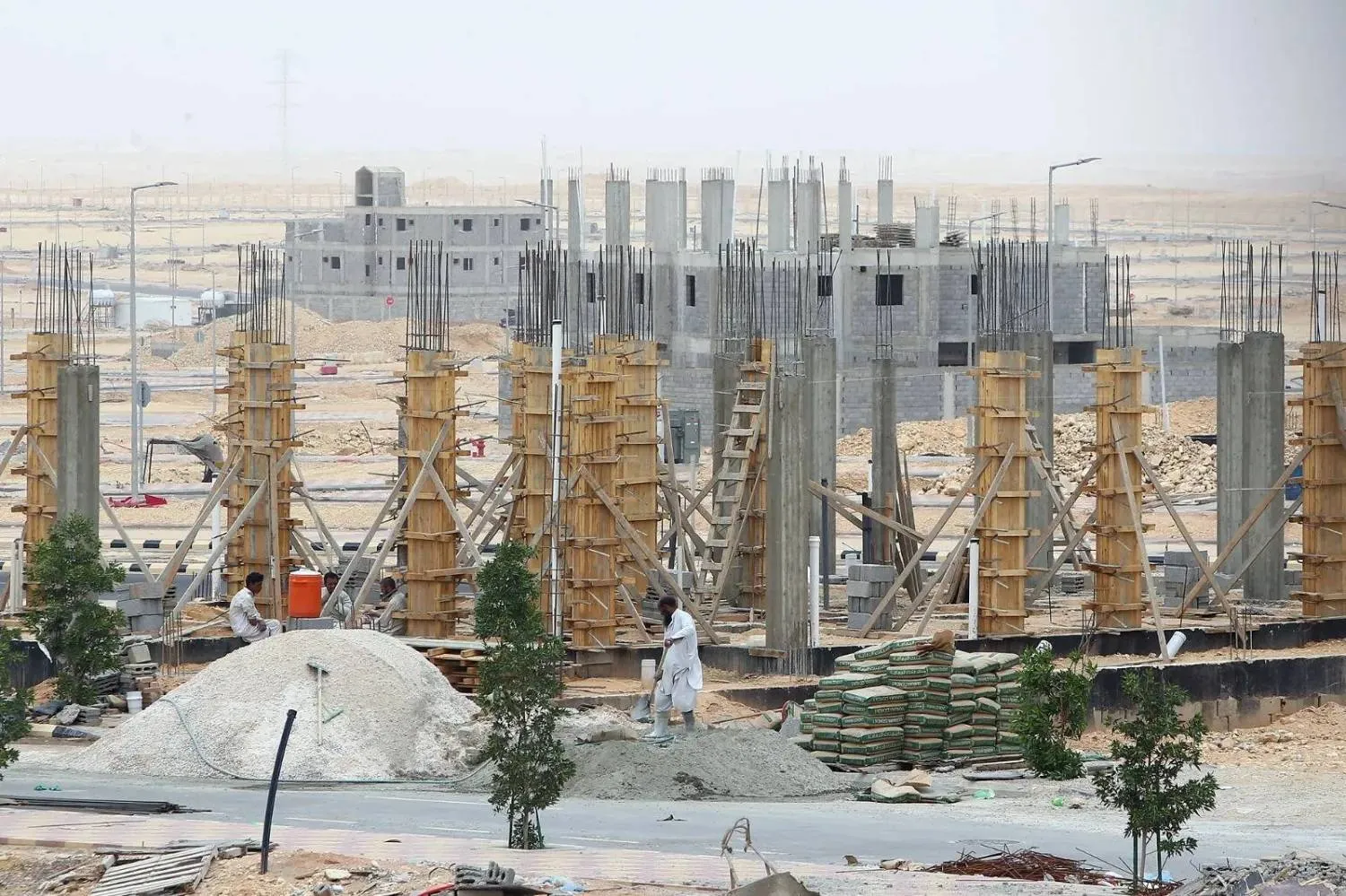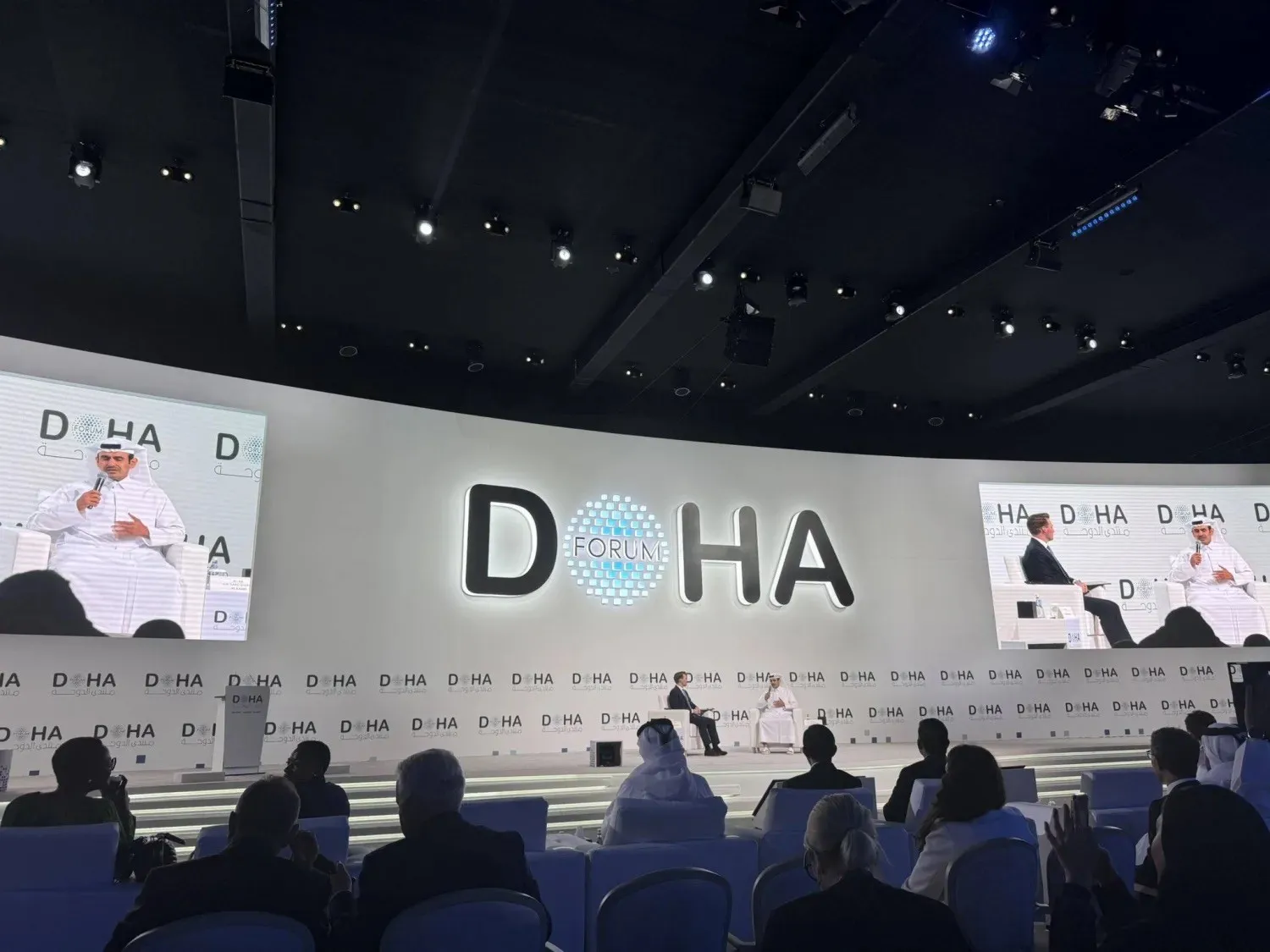As part of efforts to enhance Riyadh’s transportation network, improve connectivity, and position the city as a leading hub for sustainable transport and logistics in the Middle East, the Royal Commission for Riyadh City has begun implementing the second phase of its Ring and Main Road Development Program. This phase includes eight major projects with a total investment exceeding SAR 8 billion ($2.1 billion).
The initiative follows the program launched by Crown Prince Mohammed bin Salman in February 2020, aiming to elevate Riyadh’s transportation infrastructure and reinforce its status as one of the world’s major metropolitan centers, aligning with the Vision 2030 objectives.
The second phase includes several key projects. The Prince Turki bin Abdulaziz I Road (Northern Section) project spans over 6 km and includes two major intersections, three bridges, and a tunnel, increasing road capacity to 200,000 vehicles per day.
The Thumama Road (Central Section) project covers 10 km, developing five major intersections and constructing 11 bridges and five tunnels, enhancing traffic flow for 200,000 vehicles daily.
The Imam Abdullah bin Saud Road upgrade extends 9 km, involving four major intersections, three bridges, and two tunnels, increasing road capacity to 200,000 vehicles per day.
The Dirab Road development spans 9 km, featuring two major intersections and nine bridges, boosting traffic capacity to 340,000 vehicles daily.
Additionally, the Imam Muslim Road project, covering 12 km, includes four major intersections and four bridges, expanding capacity to 200,000 vehicles per day, with plans to serve as a future extension of Prince Turki bin Abdulaziz I Road in the south. The road network surrounding the King Abdullah Financial District (KAFD) will be enhanced through a 20-km project that features three major intersections and 19 bridges, improving access to the financial hub.
The King Salman Road and Abu Bakr Al-Siddiq Road Intersection Bridge will streamline traffic flow from King Salman Road (east) to Abu Bakr Al-Siddiq Road (north), enhancing overall traffic efficiency. Furthermore, the Traffic Engineering Improvements (Phase 1) initiative will address congestion hotspots by implementing targeted upgrades to high-traffic areas during peak hours.
To minimize disruptions during construction, the Royal Commission for Riyadh City has devised a comprehensive traffic management plan in coordination with relevant authorities. The program is designed to accommodate Riyadh’s growing population, improve mobility, reduce travel times, and enhance road connectivity across the city. The second phase is expected to take three years to complete. This follows the first phase, launched in August 2024, which included four major projects worth SAR 13 billion ($3.5 billion). Additional phases will be announced in the coming period.









